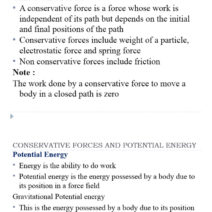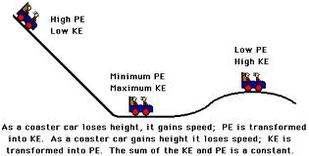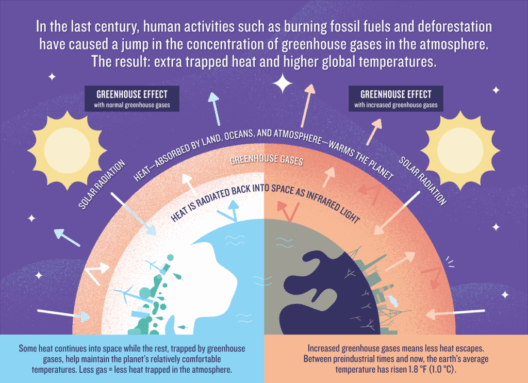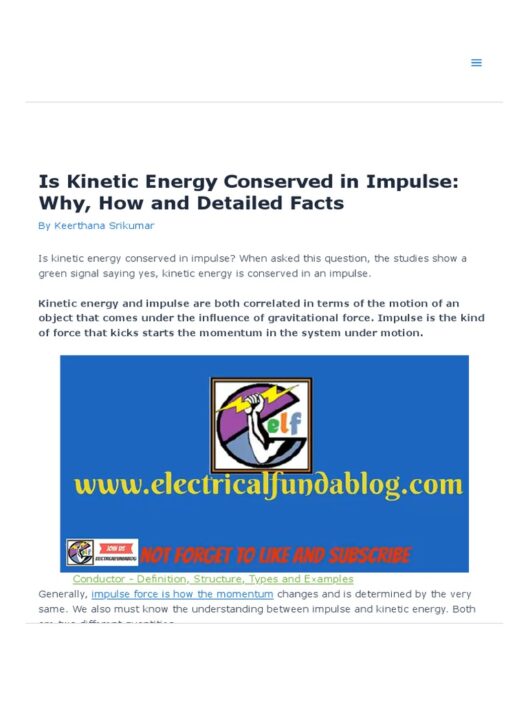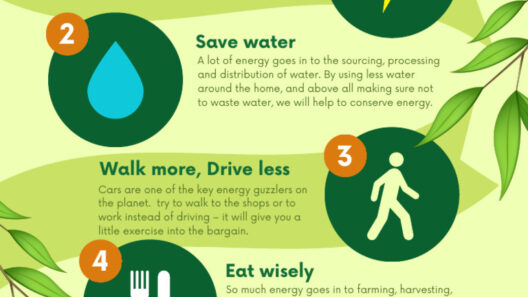Roller coasters are a delightful amalgamation of engineering marvel and exhilarating amusement, inviting riders to experience a whirlwind of sensations. At the heart of this intoxicating ride lies a fundamental principle of physics: the conservation of energy. Understanding this principle elucidates the intricacies of energy transformations that occur throughout a roller coaster’s ascent, descent, and loop-the-loop maneuvers. The allure of roller coasters extends beyond mere thrills; they embody a fascinating interplay of potential and kinetic energy that captivates both enthusiasts and scientists alike.
The Law of Conservation: Energy Can’t be Created or Destroyed
At the cornerstone of roller coaster dynamics is the law of conservation of energy, which asserts that energy can neither be created nor destroyed, only transformed from one form to another. This ongoing transformation is vividly illustrated as a roller coaster car ascends to great heights, only to plummet back down, gaining speed with the descent. The initial ascent of the coaster car is an act of potential energy accumulation, as the vehicle is elevated against gravitational forces.
Potential energy, in a broader context, is the stored energy that possesses the capacity to do work. In the case of roller coasters, this potential energy peaks at the apex of the track. As the cars scale the summit, they accrue considerable height, leading to a significant gravitational potential energy quotient. Once the roller coaster crests the peak and begins its descent, this stored energy is methodically converted into kinetic energy, the energy of motion.
The thrill of free-fall embodies this transformation magnificently. As the coaster car rockets downward, the potential energy diminishes while the kinetic energy surges, exemplifying the elegant fluidity of energy conversion. Riders experience this exhilarating shift as they are propelled forward and downward, inducing the signature weightless sensation that characterizes roller coasters.
Drop Dynamics: The Thrilling Descent
The initial drop of a roller coaster serves as the quintessential embodiment of gravity’s influence on energy transformation. Picture, if you will, the climactic moment when the car reaches its zenith, pausing momentarily at the peak before surrendering its potential energy to gravity. This transition is palpable—not only does speed increase exponentially, but the entire structure vibrates with the kinetic energy coursing through it.
The steepness of the drop plays a crucial role in dictating the speed and acceleration experienced by riders. A steeper incline will lead to a rapid conversion of potential energy into kinetic energy, resulting in exhilarating accelerations that elicit screams of joy and amazement. However, engineers meticulously design these drops, ensuring that while the thrill factor remains high, safety is never compromised. The delicate balance of energy transformation is paramount, making the engineering of roller coasters not just a technical challenge but also an artistic endeavor.
Loops and Twists: Energy Reimagined
As riders scream their way through inversions and corkscrews, the roller coaster continues to showcase the principles of energy conservation in a complex three-dimensional dance. These elements, which might seem chaotic at first glance, are meticulously engineered to optimize the transformation of energy and enhance the rider’s experience. Here, kinetic energy is not a linear transformation but a cyclical one, as the cars traverse the intricate pathways of loops and turns.
During a loop—the most dynamic aspect of many roller coasters—kinetic energy and centripetal forces interlace to propel riders through a vertical circle. Upon entering the loop, the coaster car transitions from horizontal movement to vertical ascent, accentuating both G-forces and speed. At the top of the loop, riders experience a reversal of potential energy and kinetic energy yet again. This willful ebb and flow between the two energy forms does more than amplify adrenaline; it introduces riders to the fundamental laws of physics in action.
Frictions and Beyond: The Role of Non-Conservative Forces
While the law of conservation of energy explains much, it is crucial to acknowledge the influence of non-conservative forces, such as friction and air resistance. These forces serve to dissipate some of the energy as heat, requiring roller coasters to maintain a careful equilibrium. Engineers employ materials and designs that minimize this energy loss to maintain exciting speeds while ensuring the ride is safe and enjoyable.
The impact of these forces is particularly felt in repeated rides on the same roller coaster, where each traversal inherently leads to slightly diminished speeds due to energy loss. This feature is both practical and mathematical, illustrating further the essential principles governing motion and energy. It raises intriguing queries about the longevity and sustainability of amusement rides—a pivotal concern in today’s environment-conscious society.
The Evolution of Energy Understanding: Implications and Inspiration
As the excitement of roller coasters continues to draw enthusiasts worldwide, the underlying energy transformations underpinning their operation offer profound lessons that extend beyond amusement parks. The meticulous orchestration of energy forms invites introspection on humanity’s relationship with energy use. Understanding how energy can ebb and flow, while respecting environmental thresholds, speaks volumes to the pressing need for conservation and sustainable practices across various fields.
In conclusion, the mesmerising world of roller coasters serves as a spectacular demonstration of the conservation of energy in action. By harnessing the principles of physics, engineers create rides that not only tantalize the senses but also educate riders about essential scientific concepts. As society progresses towards a more sustainable future, embracing the lessons learned from energy transformations in roller coasters may well illuminate pathways to a greener planet.

